Thomas Jefferson (1743–1826) was a polymath: America’s “first distinguished viticulturist,” an architect, author of the American Declaration of Independence and third president of the United States. Jefferson was highly educated: he was a ”Renaissance man” in every sense of the word. Jefferson is on the nickel and his beloved plantation, Monticello is on the reverse side. Jefferson’s face is one of the four on Mount Rushmore. Jefferson has his own monument in Washington, D.C. He was also portrayed as one of the lead characters in the Broadway blockbuster “Hamilton”.
The US Jefferson nickel, features a depiction of Monticello on its reverse side. Jefferson began designing his Virginia plantation, Monticello after inheriting land from his father at age 26.
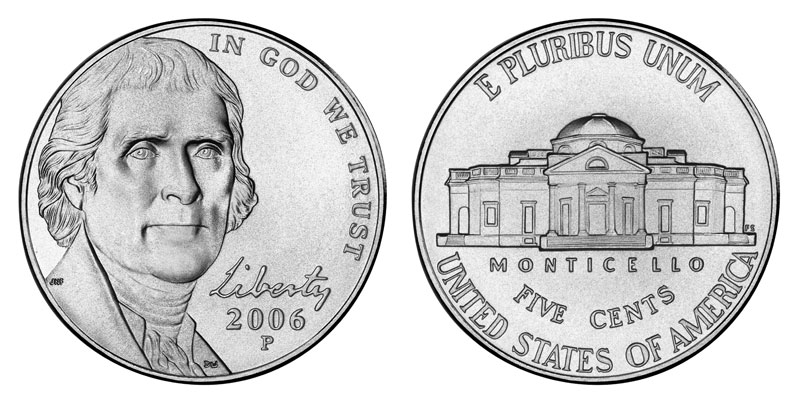

Thomas Jefferson was a talented architect of neo-classical buildings. He designed his Virginia plantation home, Monticello (Little Mountain) as well as the buildings on the campus of the University of Virginia. Both buildings resemble the Pantheon in Rome.
Thomas Jefferson’s statue is in front of the University of Virginia Rotunda in


Established in 1819 by Thomas Jefferson, the University of Virginia is pictured below.


Monticello
Construction of his residence “Monticello” began in 1769. Jefferson was inspired by classical European architecture. The 43-room mansion has 13 skylights.
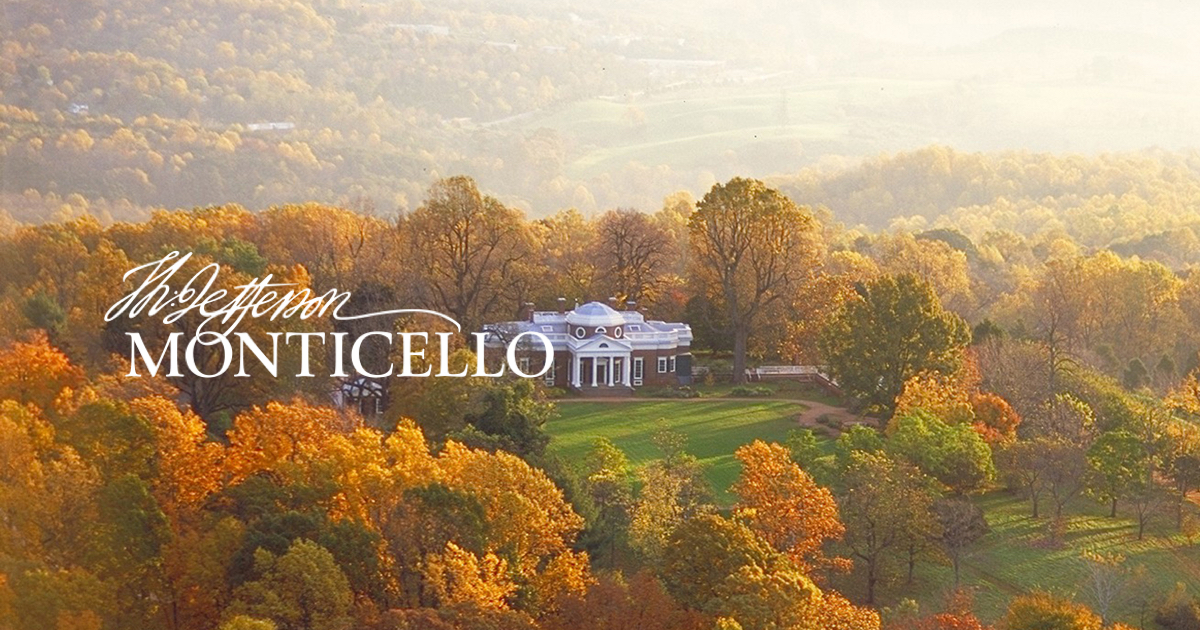
Take a virtual tour:
https://www.monticello.org/house-gardens/virtual-tours-of-monticello/


In 1784, the Congress of Confederation, which was the precursor assembly to the U.S. Congress, sent Thomas Jefferson to France as a foreign minister (ambassador). Jefferson had previously served as a member of the Continental Congress and governor of Virginia. He had a deep appreciation for France and its culture. Recently widowed, he likely believed that spending time in France would help heal the wounds of losing his beloved wife, Martha.

In France, Jefferson developed a deep appreciation for the country. For the remainder of his life, Jefferson would be very pro-French in his foreign policy views.

Historians typically regard Jefferson as a ”Francophile”, which literally means ”lover of France.”

In addition to writing the Declaration of Independence, and serving in many other roles (eventually the third President of the United States), Jefferson served as American ambassador to France between 1785-1789. The French Revolution broke out in 1789 and Jefferson was actually living in the Hôtel de Langeac in Paris when the Bastille was stormed. This chaotic and bloody revolution resulted in the overthrow (and execution) of King Louis XVI and the creation of the First French Republic.
The French Revolution took place between 1789-1799 and was a tumultuous period of time; by 1793 it had spiraled out of control. A radical faction known as the Jacobins unleashed mass murder upon the people. The Reign of Terror refers to a period of time between 1793 and 1794 when thousands of people were arrested, and executed by the guillotine.
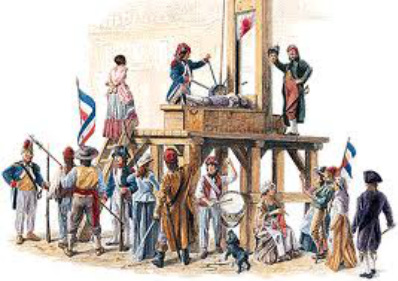
The revolution stemmed from the fact that the common people were not adequately represented in a so-called representative assembly known as the Estates General. The revolution went through many stages as infighting and factionalism caused it to turn increasingly barbaric. It only ended when Napoleon Bonaparte seized power in a coup.
Secretary of State Jefferson was an enthusiastic supporter of the French Revolution, but President Washington was less than thrilled. As a supporter of the French Revolution, Jefferson met regularly with the Marquis de Lafayette, and even advised him on how to conduct revolutionary activities. Lafayette’s Declaration of the Rights of Man and of the Citizen, was a declaration identifying basic human rights and was directly inspired by Jefferson’s Declaration of Independence.

His beloved Monticello is situated on the summit of an 850-foot peak in the Southwest Mountains that run parallel to the Blue Ridge Mountains.
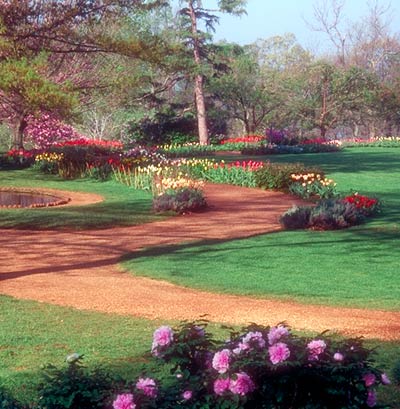
UNESCO World Heritage Sites

Benjamin Franklin, John Adams and Thomas Jefferson writing the Declaration of independence (1776) were all of British descent.
In 1987, Monticello and the nearby University of Virginia, also designed by Jefferson, were designated as a UNESCO World Heritage Site.
Jefferson was inspired by the principles of the Italian Renaissance architect Andrea Palladio who was active in the Republic of Venice. Monticello displays Palladian proportions on the pedimented portico. Jeffersonian Architecture is an American form of Neo-Palladianism that was very popular between 1790 and 1830 in America.
Andrea di Pietro (1508-1580) was known as Palladio. Palladio was influenced primarily by Vitruvian design principles; symmetry, perspective and values of the formal classical temple architecture of the Ancient Greeks and Romans.
Palladio was a stone mason’s apprentice who became the most influential architect of his generation. Palladio’s urban dwellings and villas are scattered throughout the Venato. His Palladian architectural principles gained world-wide prominence in the 18th century.
A Palladian Villa is characterized by pillared porticos and arches. Unfortunately, fourteen of his villas were destroyed by World War II bombs. The city of Vicenza and the Palladian Villas of the Veneto are UNESCO World Heritage Sites.

American Palladianism: The Rotunda at the University of Virginia, designed in the Palladian manner by Thomas Jefferson.
Monticello was designed and redesigned for over 40 years. Thomas Jefferson is buried on the grounds and this area is designated as the Monticello Cemetery.
At one time, Jefferson’s plantation included “quarters for domestic slaves along Mulberry Row near the house; gardens for flowers, produce and Jefferson’s experiments in plant breeding, plus tobacco fields and mixed crops. Cabins for field slaves were located further from the mansion.”

Comparison of the ground plans of the Pantheon in Rome (left) and Thomas Jefferson’s Rotunda of the University of Virginia (middle: ground floor, right: dome room). The plan of the Pantheon is the one by Andrea Palladio in its reprint by Giocomo Leoni—i.e. the plan that Thomas Jefferson had access to while designing the Rotunda. (Photo credit: Wikipedia)
Monticello and the key buildings of the University of Virginia are directly related to American Palladianism using principles from classical architecture. The similarities between the Pantheon in Rome and the Rotunda of the University of Virginia are apparent when the photos are pictured next to each other. Jefferson’s rotunda houses the library.


Thomas Jefferson’s design of the “Rotunda”, the library at the heart of the University of Virginia. “South Elevation of the Rotunda, begun 1818, completed March 29, 1819. Ink and pencil drawing.” (according to Library of Congress)
Thomas Jefferson was a wine enthusiast; described as America’s “first distinguished viticulturist” and “the greatest patron of wine and wine growing that this country has yet had.”
Thomas Jefferson, established two vineyards at Monticello. Both were situated in the south orchard, below the garden wall.
Although Jefferson aspired to make wine from Monticello-grown grapes, his continual replanting of the vineyards suggests a perennial and losing struggle with grape cultivation.
The successful cultivation of Vitis vinifera, the classic European wine species, was virtually impossible, until modern methods were developed to control black rot and such destructive pests as phylloxera, an aphid-like root louse. Many native grapes were grown more effectively than vinifera, yet the poor quality of the resultant wine hindered the development of an established industry.
In 1985, the Thomas Jefferson Foundation restored Jefferson’s 1807 plan for the northeast vineyard using several Jefferson-related European varieties grafted on hardy, pest-resistant native rootstock.
The southwest vineyard was replanted in 1993 entirely with the Sangiovese grape, a variety documented by Jefferson in 1807 and the principal ingredient of Chianti. Several vintages have been made with harvests from this vineyard and are sold from the Monticello Museum Shops.

Gabriele Rausse, one of the founders of the modern Virginia grape industry, oversees the production of wine as well as the care of the restored vineyards. The plantings at Monticello continue to serve as experimental gardens of unusual varieties of vinifera.


Monticello & Gabriele Rausse – Charlottesville, VA Photo by Amy C Evans, SFA oral historian. A fence is being used as trellising.


Monticello & Gabriele Rausse – Charlottesville, VA Photo by Amy C Evans, SFA oral historian June 2008 Individually numbered wine bottles
“The Southwest Vineyard was replanted in 1993 entirely with the Sangiovese grape, a variety documented by Jefferson in 1807 and the principal ingredient of Chianti in Tuscany. 
There is an annual Wine Festival at Monticello in May. Several vintages have been made with harvests from this vineyard which are sold from the Monticello Museum Shops.
Gabriele Rausse, one of the founders of the modern Virginia grape industry, oversees the production of wine as well as the care of the restored vineyards, which continue to serve as experimental gardens of unusual varieties of vinifera.”

Thomas Jefferson Building, Library of Congress, Washington, DC, USA. General decor. (Photo credit: Wikipedia)

Thomas Jefferson Building, Library of Congress, Washington, DC, USA. General decor. (Photo credit: Wikipedia)
In Washington, D.C. you can visit the Thomas Jefferson Building in the Library of Congress.
For more information about Monticello’s wine production visit: http://www.monticello.org/site/house-and-gardens/vineyards

Dr. EveAnn Lovero writes Travel Guides @ www.vino-con-vista.com
Related articles
- Thomas Jefferson Quote (mountainrepublic.net)
- The Most Popular Monuments In America (businessinsider.com)
- Jefferson’s birthday anniversary, April 13 (timpanogos.wordpress.com)


















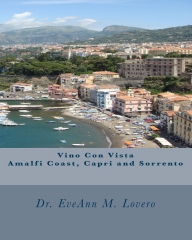
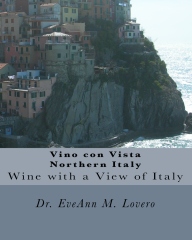
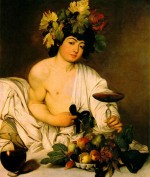

Pingback: Thomas Jefferson was a Wine Enthusiast: Presidential Wine Festivals | Vino Con Vista Italy Travel Guides and Events
Pingback: Latest Wine Festivals
Very beautiful